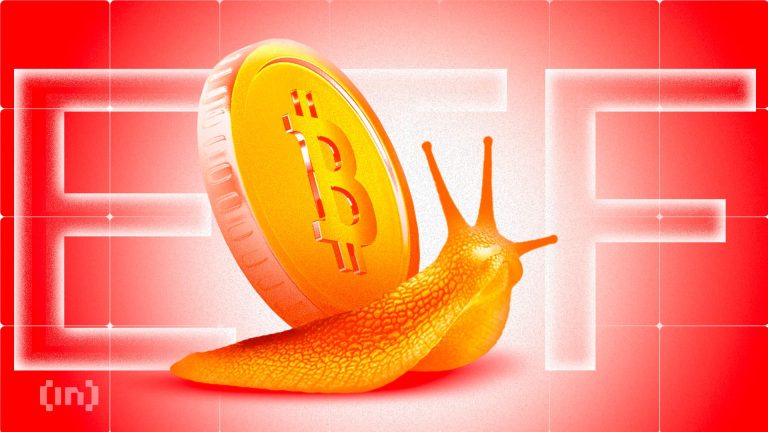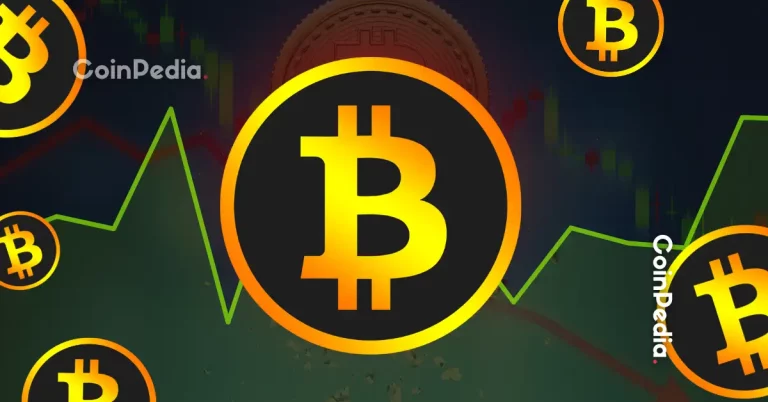
The Quiet Revolution of DePIN
Decentralized Physical Infrastructure Networks (DePIN) represent a transformative step in reshaping how we build and manage essential systems like wireless networks, data storage, and energy grids. While DePIN holds immense potential to revolutionize infrastructure through blockchain technology, a common question arises: why isn’t this sector getting the market attention it deserves?
In this article, we’ll explore the current challenges of DePIN, its growing real-world applications, and how its fundamentals may ignite a breakthrough in the coming years.
What Is DePIN and Why It Matters?
DePIN leverages decentralized incentives to coordinate, fund, and operate real-world infrastructure. Instead of depending on large corporations, DePIN allows individuals and small entities to contribute hardware and earn tokens. This model drastically reduces upfront costs and expands accessibility worldwide.
Whether it’s enabling global data connectivity through wireless networks or enhancing compute power for storage and AI use cases, DePIN creates value through practical applications. This sector has the potential to serve as a bridge between blockchain innovation and tangible, real-world impacts.
The Struggles Facing DePIN
Despite rising usage metrics, DePIN has been one of the crypto sector’s worst performers in 2025, with a market decline of over 74%. Experts attribute this underperformance to several factors:
- Investor Expectations: Crypto investors often expect short-term gains and struggle to appreciate long-term infrastructure development cycles.
- Lack of Visibility: Unlike meme coins or NFTs that leverage cultural relevance and hype, DePIN’s value grows through quiet infrastructure deployment — something that isn’t immediately visible or glamorous.
- Complexity: Many investors find it challenging to fully grasp how DePIN networks function, such as token incentives and revenue models tied to real-world usage, rather than simple speculative trading.
Signs of Real-World Adoption
While investor sentiment around DePIN may lag, its utility has been increasing. For instance, in October 2025, network usage fees surged to a record high of $2.5 million, with leading networks like Helium generating $1.7 million. These usage metrics indicate that real demand for DePIN’s services, such as data storage and decentralized compute power, continues to grow even in a down market.
“These networks create tangible value through services,” explains Leo Fan, Co-Founder of Cysic. “Their true performance is measured in reliability, speed, and adoption rather than short-term price movements.”
The Future of DePIN: What’s Next?
Experts agree that DePIN is poised for a resurgence as the crypto market transitions toward valuing utility over speculation. With network fees at all-time highs and enterprise interest increasing, the groundwork for DePIN’s adoption is being laid for 2026 and beyond.
Maria Carola, CEO of StealthEx, highlights that DePIN has the potential to power decentralized data and physical infrastructure for smart cities and IoT networks. “Once the market values these real-world applications, DePIN will transition from an overlooked niche to a foundation of digital economics,” she explains.
A Product to Watch: Helium 5G Miners
Developing a decentralized wireless network is one of DePIN’s flagship innovations. For example, Helium’s 5G miners allow individuals to contribute to the network while earning HNT tokens. By creating a decentralized alternative to traditional mobile data networks, Helium has already made strides in real-world connectivity. Discover the Helium ecosystem and how you can get involved with 5G mining here.
Why Investors Should Keep an Eye on DePIN
As the crypto industry matures, there’s increasing interest in projects with strong fundamentals and real-world cash flow. DePIN’s silent but steady progress in usage metrics and enterprise partnerships is setting the stage for broader recognition.
Whether it’s enabling decentralized AI compute, powering IoT devices, or bridging the gap between DeFi and traditional industries, DePIN’s infrastructure builds the “invisible bridge” between blockchain and the real economy.
Conclusion
While the road to mainstream adoption may still have challenges, the long-term potential of DePIN to reshape infrastructure remains undeniable. Keep your eyes on this sector as it grows in utility, adoption, and value.



